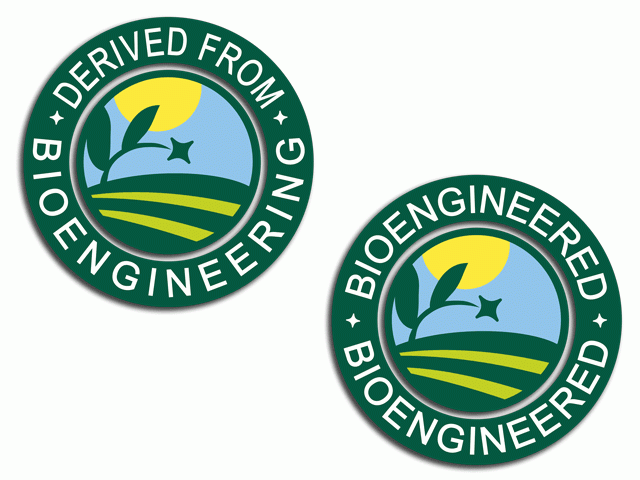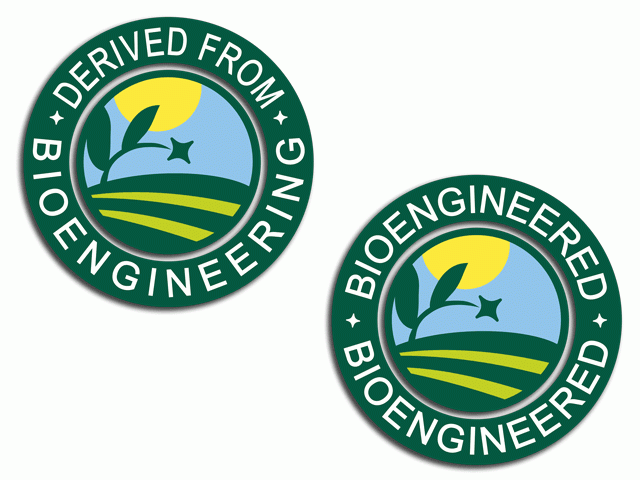An Urban's Rural View
GMO Labeling: The Saga Continues
In the summer of 2016, after years of state-level battles over genetically modified organism (GMO) food labeling, Congress stepped in and imposed a nationwide solution.
Vermont, Maine and Connecticut had passed legislation, and the fear was that other states would follow suit, potentially creating a patchwork of differing requirements that would confuse consumers and confound food companies. In Congress, some pro-GMO legislators saw no need for mandatory labeling, but in the end a compromise was reached: the Bioengineered Food Disclosure Act, which ordered USDA to create a National Bioengineered Food Disclosure Standard. (See https://www.govinfo.gov/…)
Notice the word Congress used: "bioengineered."
The national law preempted the states, putting them out of the GMO-labeling business. The ball was now in USDA's court, where bureaucrats would methodically work their way through the process of soliciting views, writing draft regulations, taking comments on draft regulations and eventually issuing final rules. As I put it in a column at the time, "Unless you're fascinated with the workings of the Administrative Procedure Act, welcome to Dullsville." (See https://www.dtnpf.com/…)
In 2018 USDA finished its work. (See https://www.federalregister.gov/…) It gave food producers and retailers time to tweak labels. After COVID-19 hit, the time was extended. Mandatory compliance with the rules finally kicked in on Jan. 1 of this year.
Not surprisingly, the media have noticed, and in recent weeks there has been a spate of articles on the rules. Most have been critical, often quoting from the anti-GMO groups who in 2020 sued USDA demanding a rewrite. (See https://www.centerforfoodsafety.org/…) Few articles have put the rules in historical context or noted what seems to me the critical point -- that the anti-GMO groups' beef is really with Congress.
That's not what they say in their lawsuit, of course. They argue USDA has been unfaithful to the 2016 statute as well as the Administrative Procedure Act. And who knows, they might get a court to agree with them. But by my reading of the law, the regulations and the lawsuit, they're wrong. They lost this battle six years ago, not four.
P[L1] D[0x0] M[300x250] OOP[F] ADUNIT[] T[]
Admittedly, as someone who has always been pro-GMO, my sympathies have never been with these groups. Yet I do find myself agreeing with them about one important thing, which I will explain in a minute. In general, though, my view is consumers benefit little from labeling genetically engineered food as such. For those who care, existing non-GMO and organic labels provide important guidance.
To those who don't care, a GMO label may well look like a "don't buy" warning. In 2016, Congress decided labels should avoid suggesting genetically engineered food is unsafe. It chose the word "bioengineered," which lacks the negative connotations that have come to be associated with "GMO."
The lawsuit argues it was unlawful for USDA to require "bioengineered." But Congress repeatedly used that word and the related word "bioengineering" in the statute. It's hard to believe a court will overturn USDA work that follows Congress's lead.
Will consumers know what "bioengineered" means? There may be some confusion at first, but they'll figure it out. In any event, "bioengineered" was Congress's choice of language.
I have more sympathy for the anti-GMO groups' complaint about QR codes. USDA's rules allow food companies to disclose bioengineering by placing a QR code on the label. Instead of seeing a "bioengineered" symbol, or text using that word, consumers will have to scan the QR code with their smartphones to get to the disclosure.
The list of problems with this substitution could go on for pages. Many consumers don't have smart phones. If they have them, they don't always bring them along when they shop. If they see a QR code, they may expect it to lead them to unwanted marketing exhortations, not legally required disclosures.
An internet connection isn't always available in a grocery store. If it is, it can be slow. Who wants to wait more than a few seconds for the disclosure to pop up? Who has the time for scanning codes on multiple products?
In the statute Congress said USDA should do a study of possible problems with electronic disclosures. If the study came in negative, USDA was to provide "additional and comparable options to access the bioengineering disclosure."
The study, by the consulting firm Deloitte, did indeed come in negative. (See https://www.ams.usda.gov/…) In response, USDA adopted text messaging as the additional option.
Whether that's the kind of "comparable" option Congress had in mind is one of the issues before the court. Whatever the legalities, it's doubtful an electronic text message is any better for consumers than a QR code.
There's an old saying that a camel is a horse designed by a committee. Two committees -- Congress and USDA -- designed this camel, but the principal designer was Congress. The idea was to put an end to the long saga of disputes over GMO labeling.
The anti-GMO groups' suit suggests the saga continues. If the courts rule against them, it will be interesting to see whether they'll keep fighting, and if so how.
Urban Lehner can be reached at urbanize@gmail.com
(c) Copyright 2022 DTN, LLC. All rights reserved.






Comments
To comment, please Log In or Join our Community .